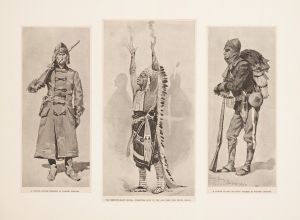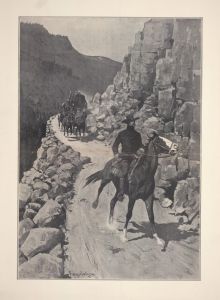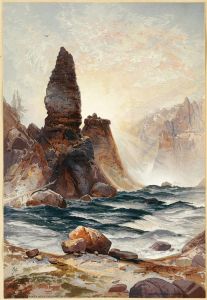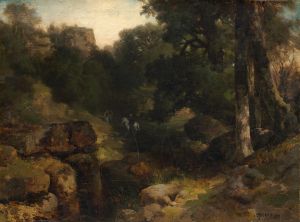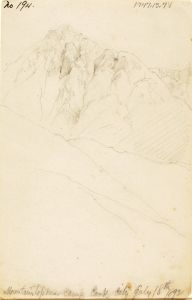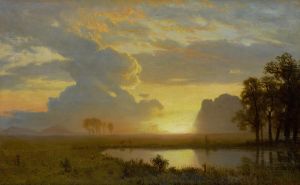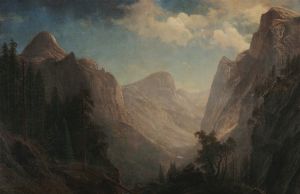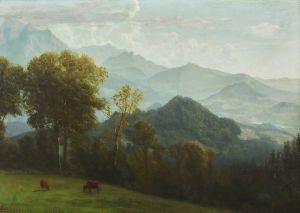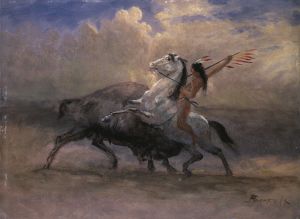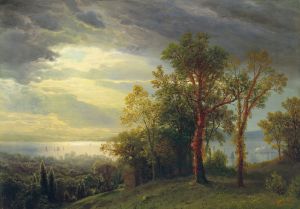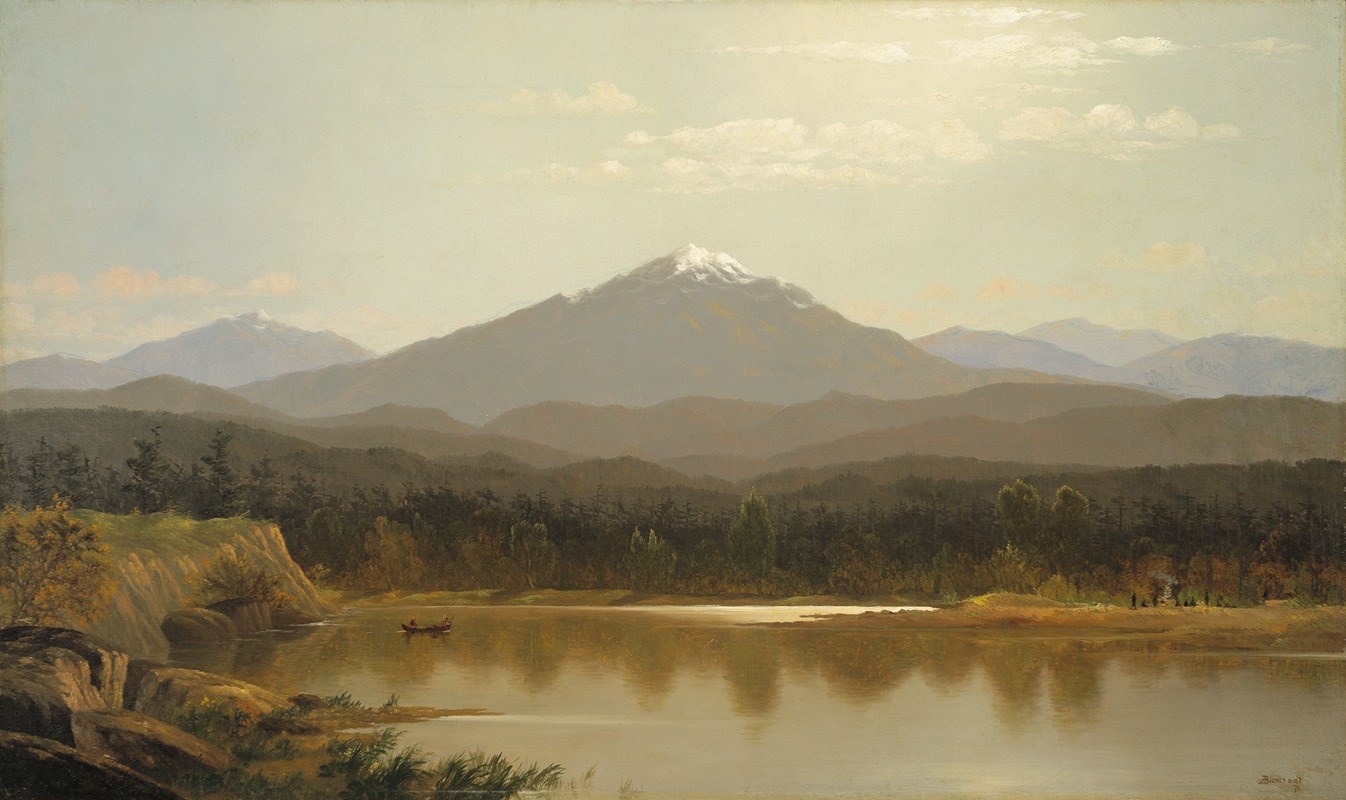
Laramie Peak
A hand-painted replica of Albert Bierstadt’s masterpiece Laramie Peak, meticulously crafted by professional artists to capture the true essence of the original. Each piece is created with museum-quality canvas and rare mineral pigments, carefully painted by experienced artists with delicate brushstrokes and rich, layered colors to perfectly recreate the texture of the original artwork. Unlike machine-printed reproductions, this hand-painted version brings the painting to life, infused with the artist’s emotions and skill in every stroke. Whether for personal collection or home decoration, it instantly elevates the artistic atmosphere of any space.
Albert Bierstadt was a prominent 19th-century American painter known for his grandiose landscapes of the American West. His work, "Laramie Peak," is one of the many paintings that capture the majestic beauty of the Western United States. Bierstadt was part of the Hudson River School, a mid-19th-century American art movement embodied by a group of landscape painters whose aesthetic vision was influenced by romanticism. The school is known for its realistic and detailed portrayal of nature, often imbued with a sense of the sublime.
"Laramie Peak" is a painting that depicts the mountain of the same name, which is located in the Laramie Range of the Rocky Mountains in southeastern Wyoming. This peak is notable for its prominence and is a significant landmark in the region. Bierstadt's painting captures the essence of the peak and its surrounding landscape, showcasing his skill in rendering the vastness and beauty of the American wilderness.
Bierstadt was known for his ability to convey the grandeur of the American landscape, often using dramatic lighting and atmospheric effects to enhance the emotional impact of his scenes. In "Laramie Peak," he likely employed these techniques to highlight the rugged terrain and the expansive sky, creating a sense of awe and wonder. His paintings often served as a form of visual exploration for those who had never traveled to the West, offering a glimpse into the untamed beauty of the region.
During the time Bierstadt was active, the American West was a subject of great interest and fascination. The expansion of the United States into these territories was a significant aspect of the country's development, and Bierstadt's paintings played a role in shaping the perception of the West as a land of opportunity and adventure. His works were often exhibited in large-scale formats, allowing viewers to be immersed in the landscapes he depicted.
Bierstadt's attention to detail and his ability to capture the interplay of light and shadow made his landscapes particularly striking. His paintings are characterized by their meticulous detail and the use of light to create mood and atmosphere. In "Laramie Peak," these elements would have been used to emphasize the natural beauty and the imposing presence of the mountain.
While specific details about the creation and exhibition history of "Laramie Peak" may not be extensively documented, Bierstadt's body of work remains influential in the canon of American art. His paintings continue to be celebrated for their technical skill and their ability to evoke the spirit of the American frontier.
Overall, Albert Bierstadt's "Laramie Peak" is a testament to his mastery of landscape painting and his role in documenting the American West during a period of significant change and exploration. His work remains an important part of American art history, offering insight into the 19th-century perception of the natural world and the cultural significance of the Western frontier.





